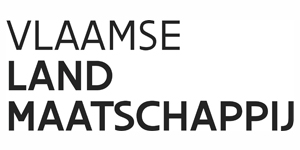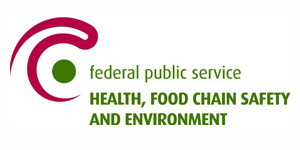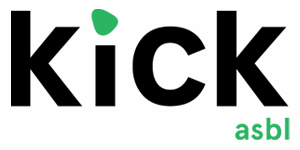Belgian Biodiversity Alliance
2 Axes – 10 Objectives
Taking action on key biodiversity issues in Belgium
The engagements are structured around a set of ten objectives that reflect the key issues on biodiversity in Belgium.
For each of these two axes, five quantified objectives have been developed. They provide an ambitious but realistic framework, based on existing targets at national and European levels.
For each of the objectives, criteria are provided to validate and monitor the engagements.
AXE 1
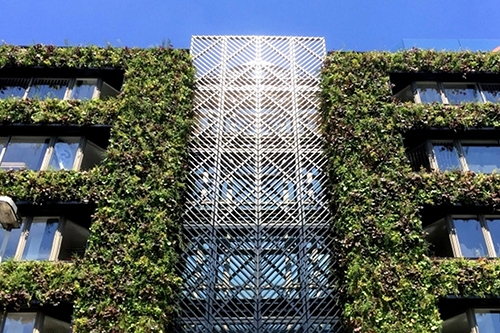
Expanding the green-blue network in, around and between cities due to the significant impact of cities
AXE 2
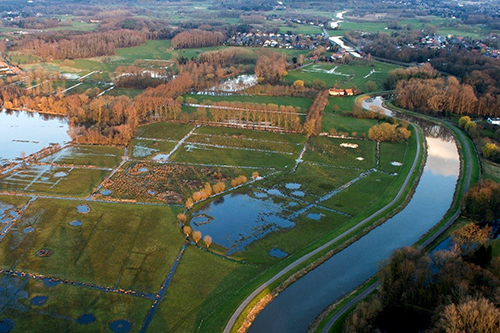
Making Belgian production and consumption more biodiversity-friendly
AXE 1 : Expanding the green-blue network in, around and between cities due to the significant impact of cities
Belgium is a highly urbanised country which results in fragmentation of green and blue open spaces in, within and across urban and peri-urban areas. This affects the surrounding environment: animal species who cannot access a feeding or nesting site, migratory routes being cut, surface of natural habitats being reduced, etc...
Expanding Belgium’s green-blue network will bring concrete ecological and socio-economic solutions in particular in relation to climate change, biodiversity loss, water management, soil erosion and air pollution.
It also has major socio-economic consequences:
- reduced efficiency in provision of basic services (e.g. CO2 absorption)
- high dependence on individual transport (e.g. cars) resulting among others in limited space for nature and water
- lack of good environmental and health conditions for people and nature
- increasing competition for space with agriculture, industry and urbanised areas
The five objectives of AXE 1

1. Urban and peri-urban areas
By 2030, 120 000 hectares of urban and peri-urban areas are net-positive for biodiversity.
2. Buildings and infrastructures
By 2030, 1500 buildings and 20% of the urban and peri-urban infrastructures are net-positive for biodiversity.
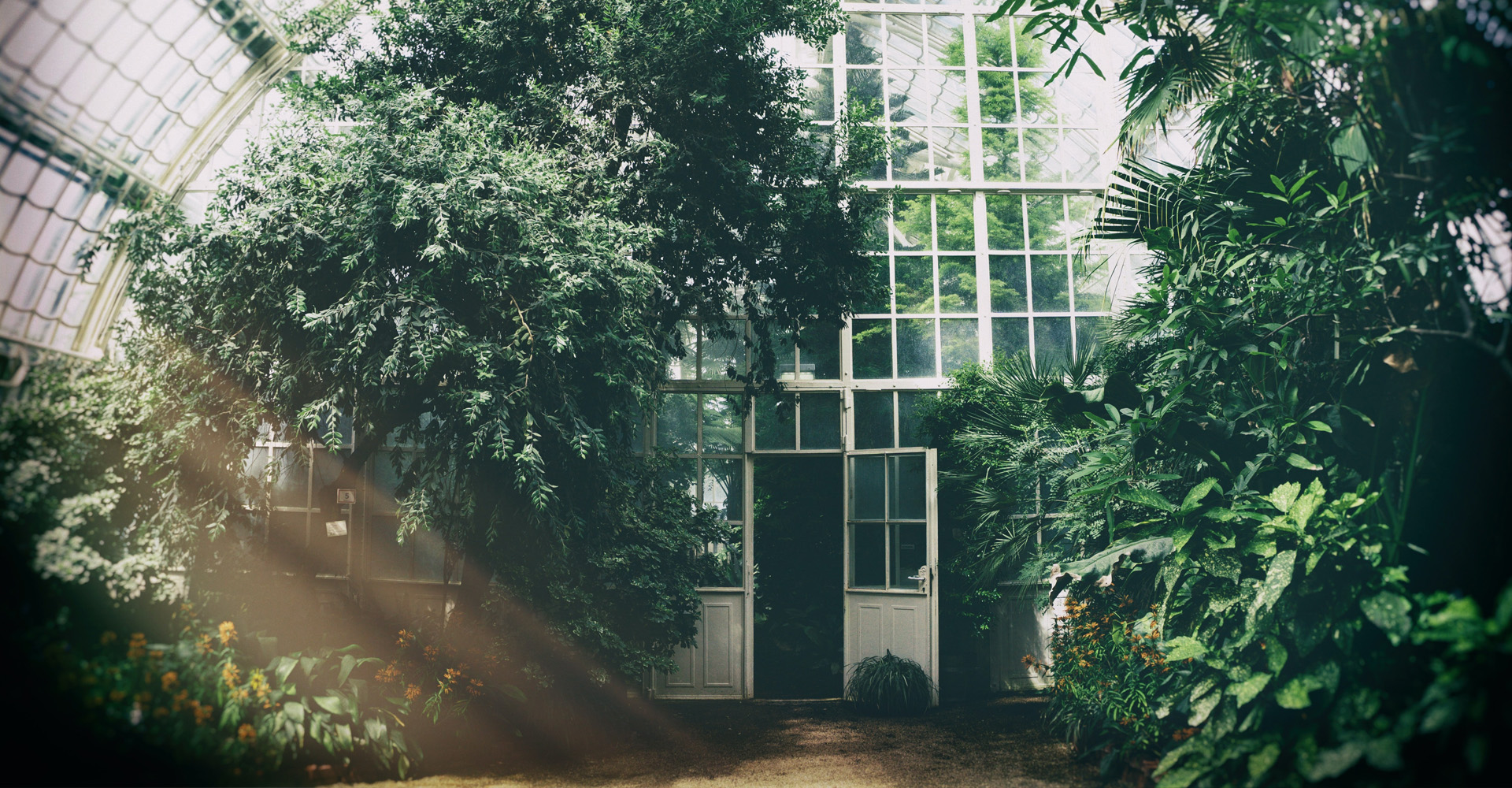
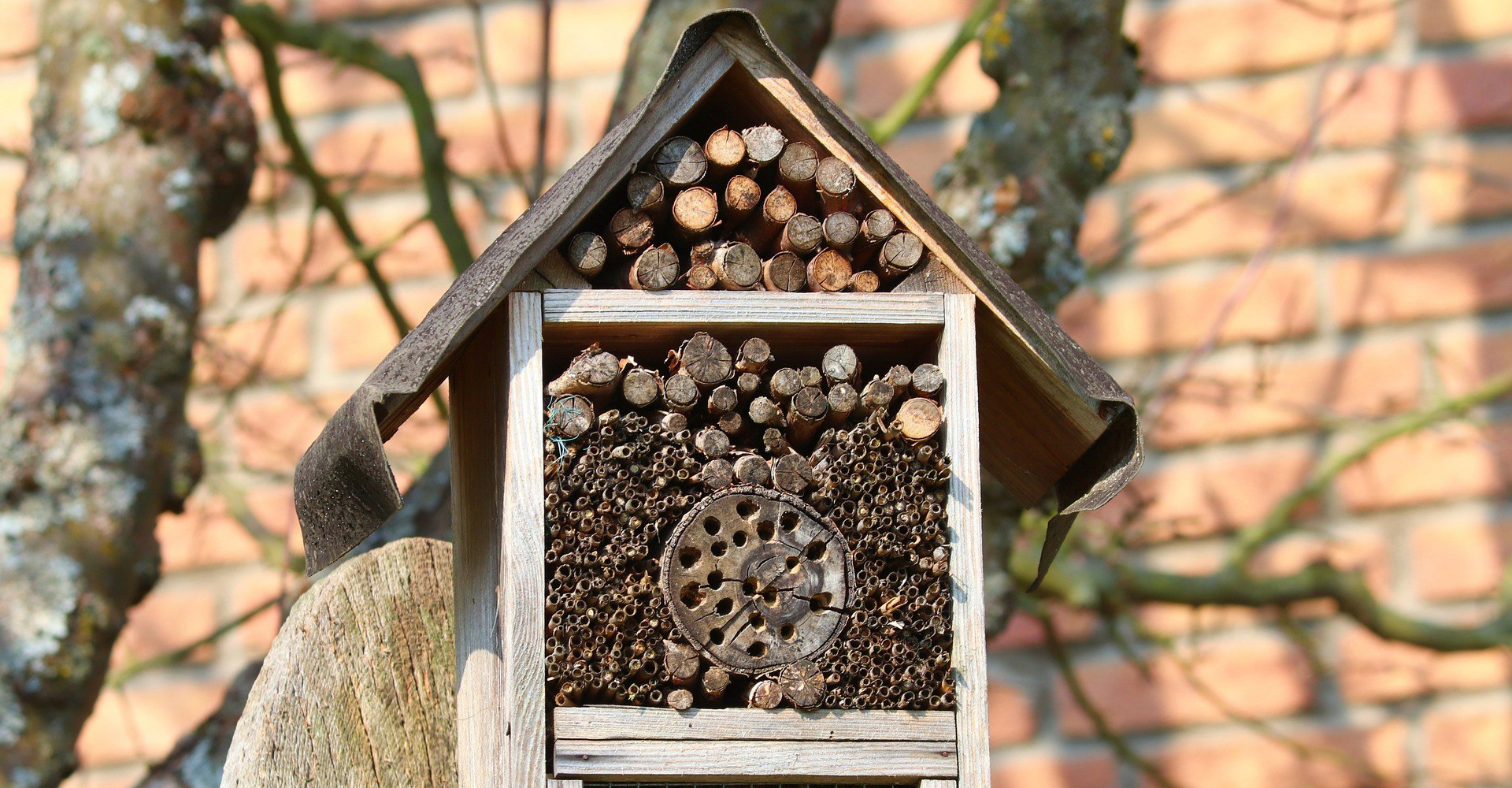
3. Bed & Breakfasts for wild pollinators
By 2030, 2000 bed & breakfasts for wild pollinator species are available in urban and peri-urban areas.
4. Nature-based solutions
By 2030, 1000 nature-based solutions are applied in urban and peri-urban areas to address in particular water management, soil degradation and climate change adaptation and mitigation.
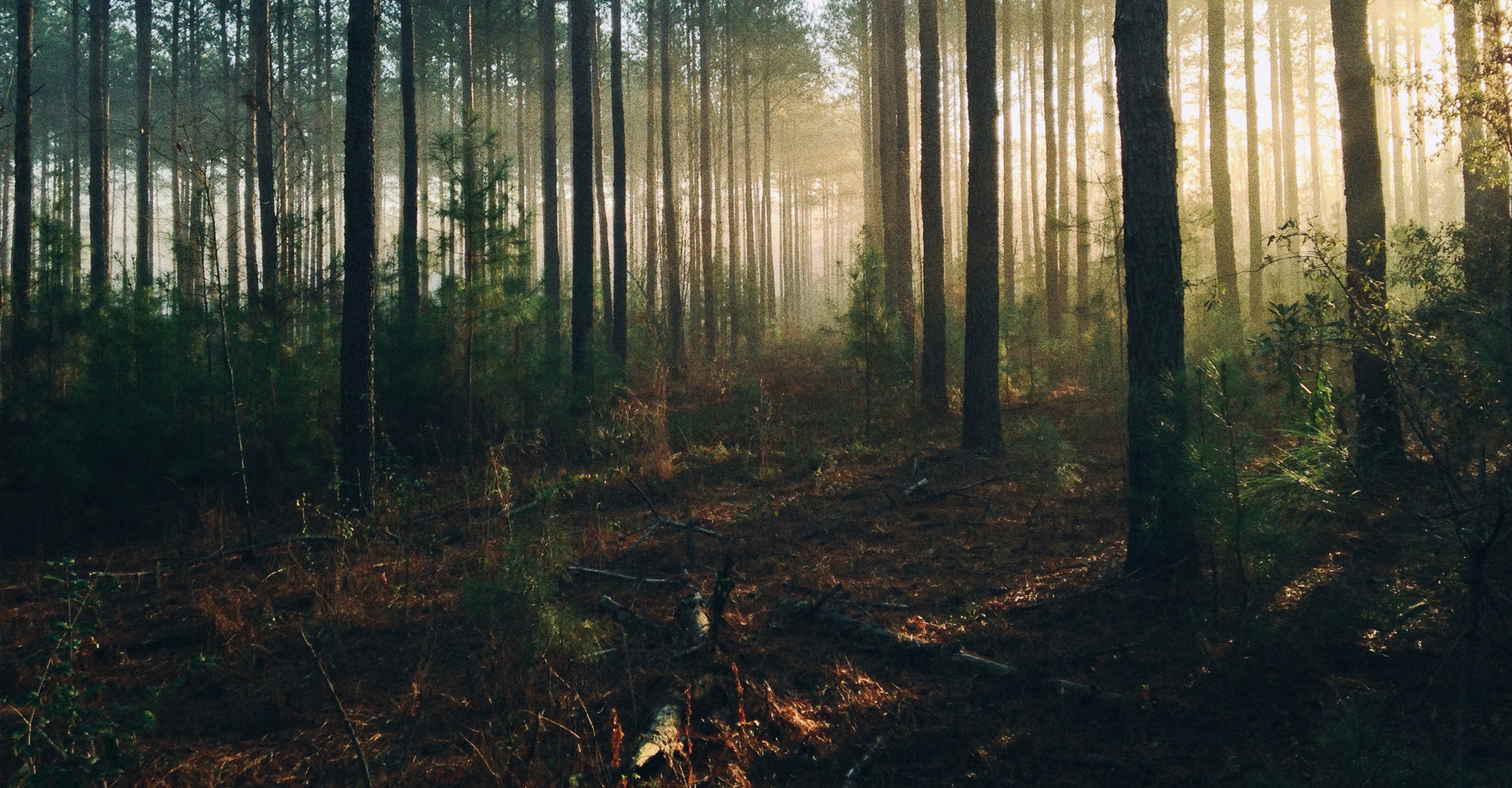
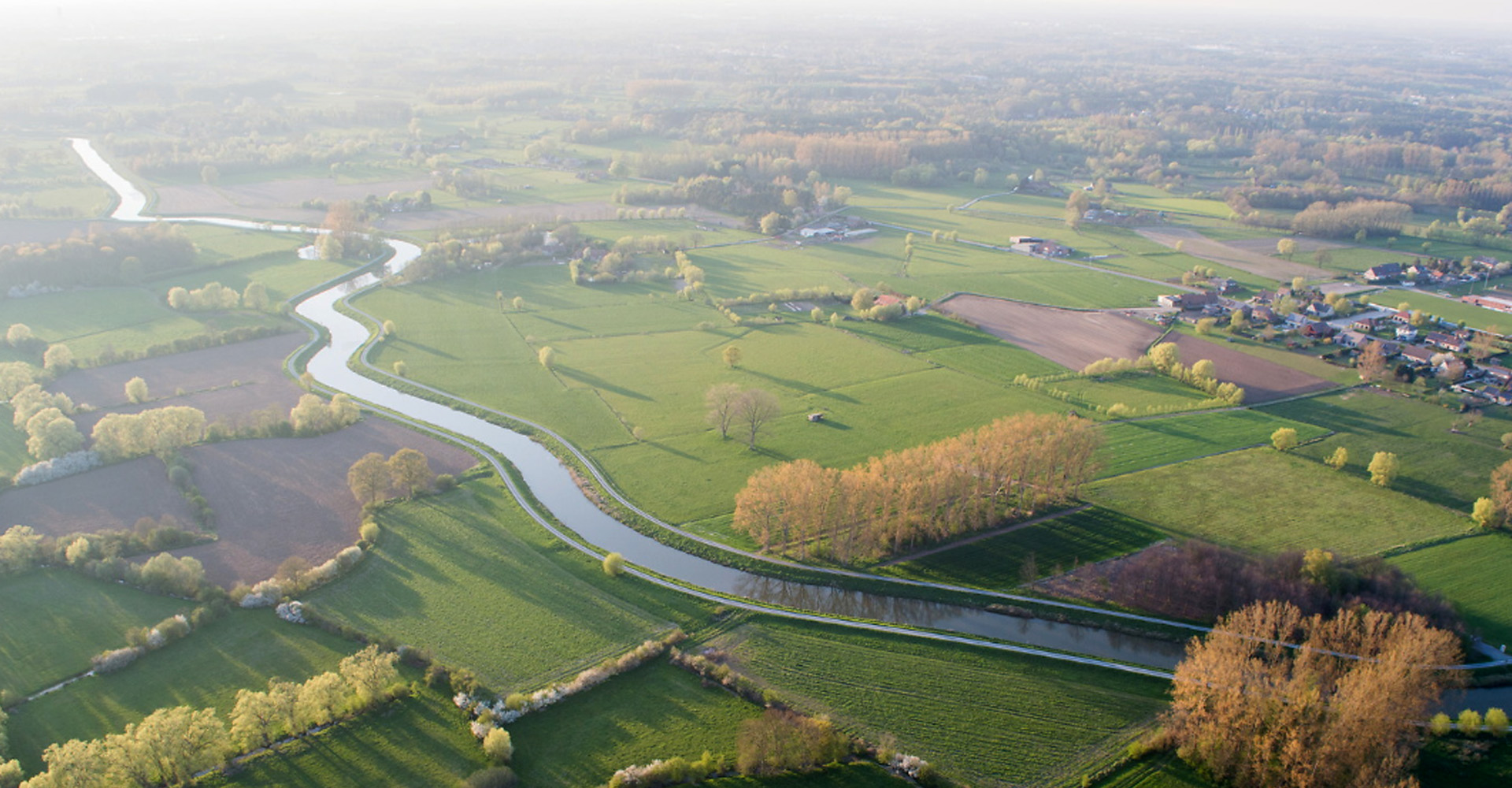
Ecological connectivity
By 2030, 4000 km of linear infrastructures between urban and peri-urban areas and 10 000 km of landscape elements are created or managed to enhance ecological connectivity across the territory.
AXE 2 : Making Belgian production and consumption more biodiversity-friendly
The five objectives of AXE 2
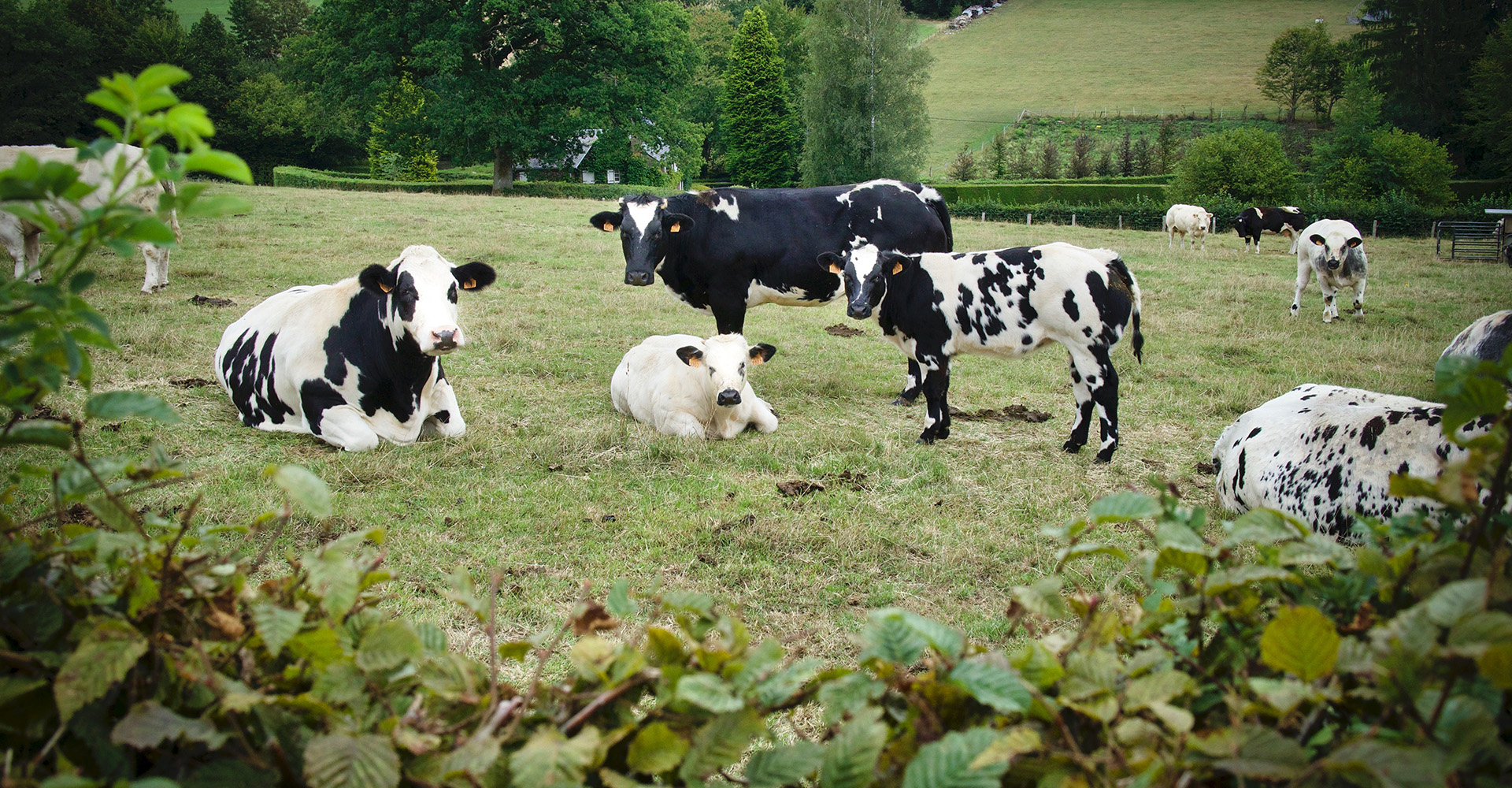
1. Crops and animal products
By 2030, 8 000 000t/y of crops and 3 500 000 t/y of animal products available on the Belgian market are locally produced with at least neutral impact on biodiversity.
2. Primary production areas
By 2030, 500 000 hectares of primary production in Belgium have at least a neutral impact on biodiversity.
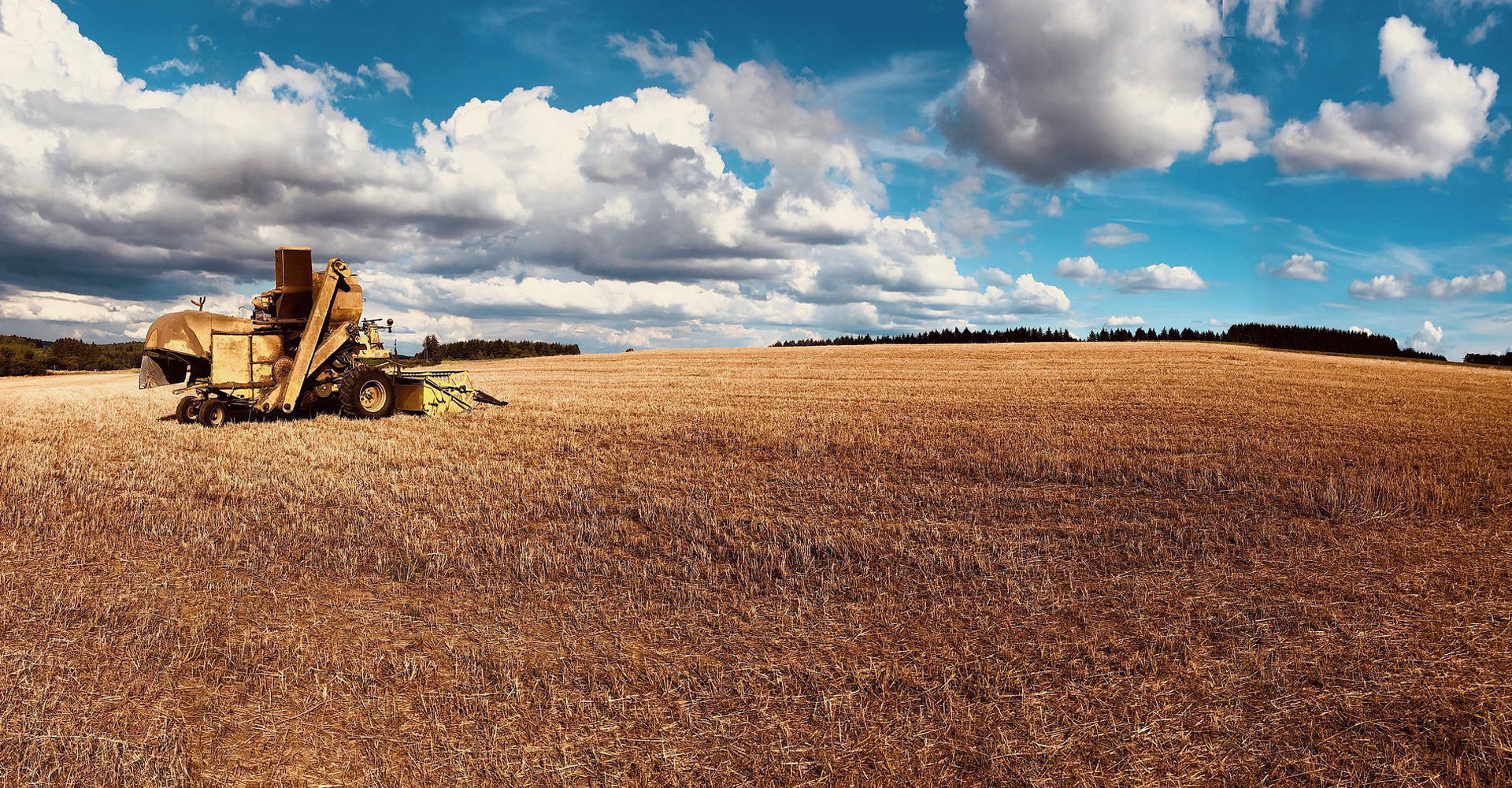

3. Imported primary commodities
By 2030, 38 500 000 tons/year of imported primary commodities in Belgium are produced with at least a neutral impact on biodiversity.
4. Surplus food
By 2030, 435 000 tons/y of surplus food is either consumed, recovered or redistributed.
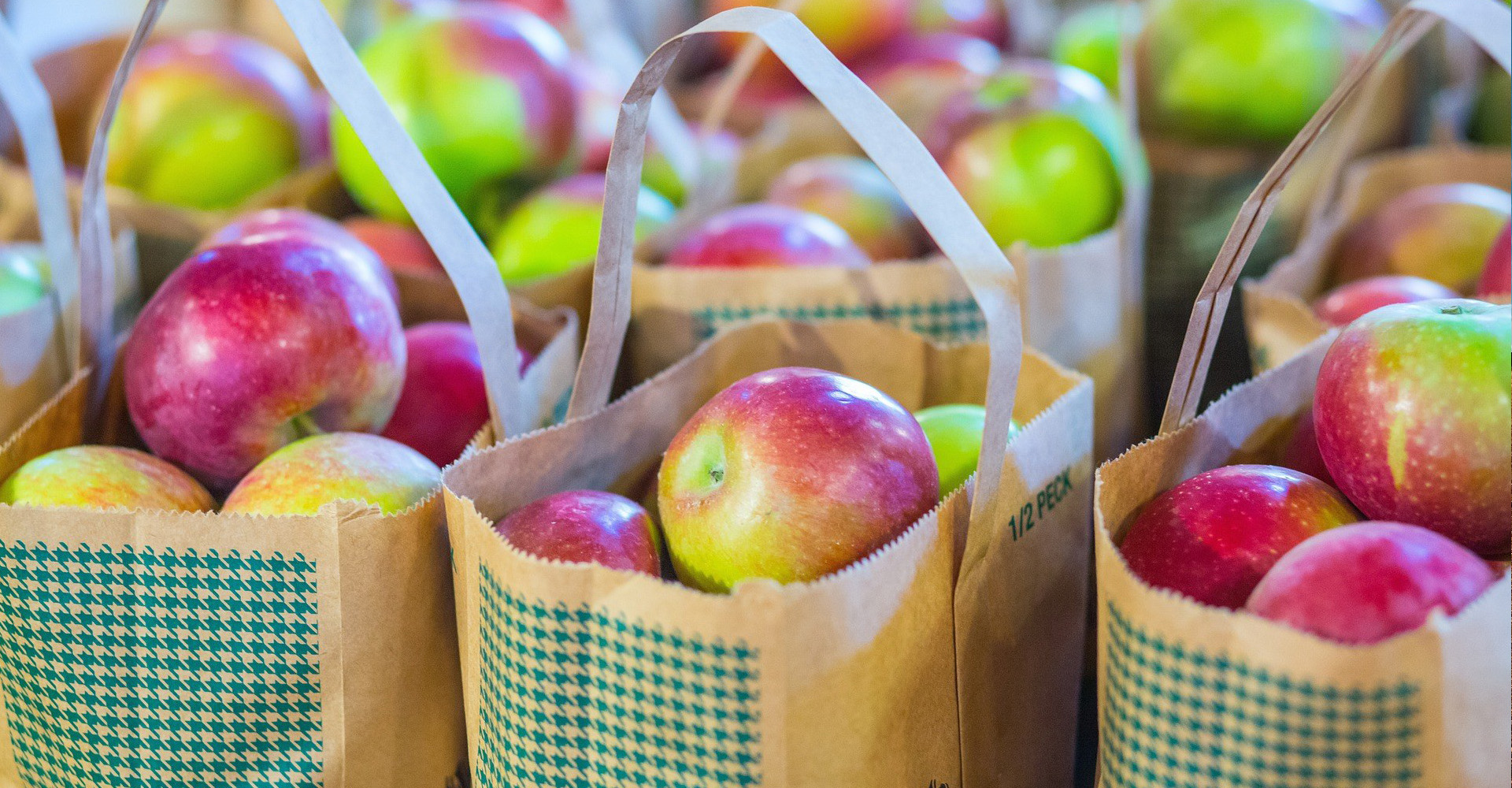

5. Biodiversity-friendly financial flows
By 2030, 150 private and public entities take biodiversity risks and opportunities into account in their strategies and investments, and their financial flows are oriented towards biodiversity-friendly projects.
Ready to take action?
Join us and let's reach our goals together!
Partners

Hasselt University
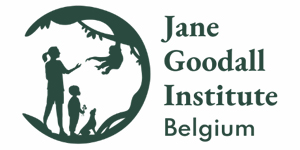
Jane Goodall Institute Belgium

Leefmilieu Brussel - Bruxelles Environnement
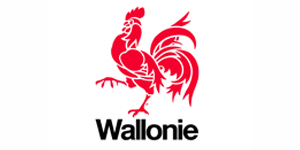
SPW Agriculture, Ressources naturelles et Environnement

Regionale Landschappen

Agentschap Natuur en Bos

Instituut Natuur-en Bosonderzoek
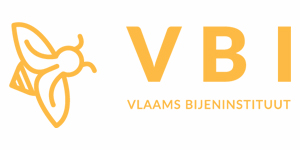
Vlaams Bijeninstituut

De Bosgroepen
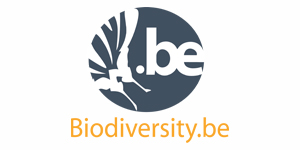
Belgian Biodiversity Platform
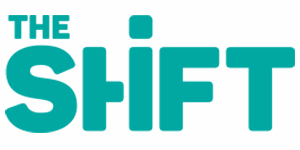
The Shift
